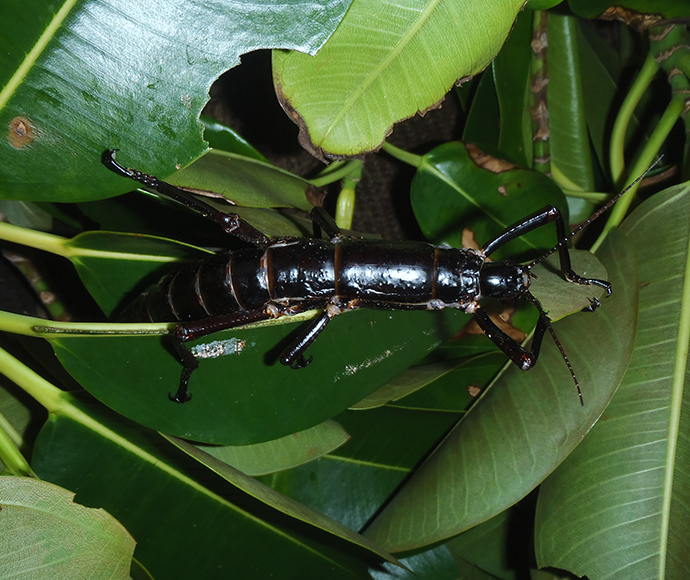A big thank you for hosting us on Lord Howe Island (LHI) in September, where we celebrated Threatened Species Day at the LHI Community School and a community event.
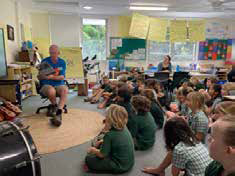
The students loved hearing Rohan, the author of ‘Phasmid, Saving the LHI Stick Insect’, read his children’s book. It is so special to be able to do that on the Island where these animals originate. The students were able to add their own experiences to the reading and ask many great questions of Rohan!
We did craft activities where the students could make sculptures, drawings and colouring inspired by LHI Phasmid.
The children’s outstanding work was then brought to the community event, where there were prizes (difficult decisions had to be made) and face painting. Adults did not miss out as there was plenty of Phasmid Ale thanks to the Lord Howe Island Brewing Company available at the Crooked Post.
Celebrating anniversaries
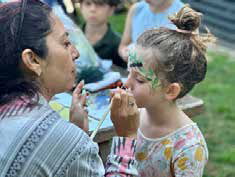
The reason for our visit was to celebrate two significant events that occurred this year for the captive care of the truly remarkable LHI Phasmid at Melbourne Zoo. On 16 February, the 20-year anniversary of the first pair, Adam and Eve, arrived under our care at Melbourne Zoo (they were lovingly collected on Valentine’s Day from Balls Pyramid).
Secondly, on National Threatened Species Day on 7 September, we celebrated the 20-year anniversary of the first-ever captive-born nymph (Yarra), which kickstarted our ongoing commitment to saving one of the world’s rarest Invertebrate species.
The species’ disappearing and reappearing act
The LHI Stick Insect (Dryococelus australis) is one of the world’s most critically endangered invertebrate species. It was believed to have become extinct by the 1930s following the unintentional introduction of Black Rats (Rattus rattus) onto LHI in 1918.
However, in January 2001, the long-lost species was rediscovered on Ball’s Pyramid, 23km off the coast of LHI. Live specimens were discovered by the expedition team: Dr David Priddel, Nicholas Carlile, Dean Hiscox, Margaret Humphrey, and Stephen Fellenberg.
The start of a new chapter
In February 2003, a captive breeding program commenced. Four founder Phasmids were removed from Ball’s Pyramid and taken into captive care. One pair was sent to Melbourne Zoo.
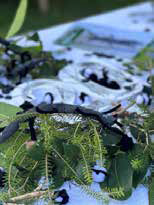
We had many years of expertise in Invertebrate care and husbandry, dating back to the mid-1980s with the opening of the Butterfly House, and holding numerous other species at the time.
In March 2017, with support from experienced mountain climbers, an expedition to Ball’s Pyramid was led by the Australian Museum and LHI Board. Enough animals were successfully located to allow one adult female to be removed and come into captive care at Melbourne Zoo.
Challenges and learnings
At times, the journey has not been an easy one – which is often the case when learning the husbandry of a species. Critical decisions are constantly being made for their welfare.
The commitment of staff at Zoos Victoria across various teams in this timespan has been inspiring. For those who have had the opportunity to work directly with the species, it has been part of the larger conservation story of life on this planet.
From working out every aspect of their lifespan, to witnessing a nymph hatch from its egg, measuring every nymph that has hatched, their different life stages and what host plants they prefer. Everything in the 20-year journey has led us to provide the very best quality of life.
Remarkable and valued partnerships
Our small team has partnered with Melbourne Zoo Veterinarians, Horticulturalists and Assets staff, who have committed their best efforts to assist the species while under our care.
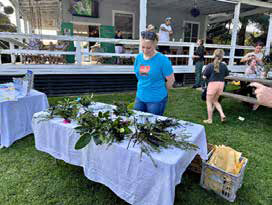
The Melbourne Zoo population currently has various genetic lines, capturing as much genetic diversity as possible from the only five individuals to ever be collected from their wild home on Ball’s Pyramid. We are currently in our 18th generation from the original 2003 collection, and the 5th generation from the 2017 collection.
Intensive research into learning about the species has evolved to focus on targeted research projects into the species genetics, parthenogenesis, mate choice selection, diet preferences, and disease risk analysis.
Commitment to support direct requests from the LHI Board staff and community have taken a front seat when highlighted for immediate or future knowledge.
Thousands of eggs have and continue to be measured and weighed, with data forming research papers and a better understanding of their biology. Long term scientific data is extremely useful in the scientific world.
Facility upgrades onsite have assisted in expanding the program, and bringing other national and international partners into the recovery program has added significant value and support for further research.
Striving for species reintroduction
The key objectives of the Zoos Victoria program are to conduct intensive research into the diet, behaviour, biology and genetics of the species, as well as to maintain a captive insurance population with the ability to reintroduce the LHI Phasmid onto LHI once rats and mice have been eradicated.
Another important aspect of our work is to promote community awareness of the LHI Phasmid and support for its conservation. We have committed to this plan and will continue to strive for the species reintroduction.
Pushing boundaries around awareness
This species is known all around the world thanks to its ongoing survival, story, captive management, and everyone involved taking opportunities to promote the species around the world.
This includes: the development of scientific papers, genetic research, disease risk analysis research, a documentary on the species, children’s television program, radio and television interviews, online stories, an animation movie, music video clip, children’s illustrated book, a natural historical book, nymph hatching video, and photographs of the species at various life stages.
Staff have also taken these opportunities to promote the World Heritage-listed LHI as a holiday destination. This is something of which everyone past, present, and future can be very!
Notable visitors to the Phasmids
Sir David Attenborough visited LHI in 1998, and described the Island as “so extraordinary it is almost unbelievable”. Sir David visited Melbourne Zoo in August 2012 to personally meet Dryococelus australis and the team responsible for helping save the species.
Dr Jane Goodall has visited Melbourne Zoo numerous times to meet the species, write, and connect with the team. We have had dignitaries from all over the world visit to see them in person when in Australia.
It has also been very positive to host anyone living on LHI, or with a connection to the Island.
Staff have had the privilege of visiting LHI at times over this period, which has been instrumental in changes to their captive management back at Melbourne Zoo.
Partnerships and local support networks are so valuable in the small conservation world.
A final thanks
We would like to thank all of our partners close to home and around the world, especially our close contacts with LHI Board staff and the wider LHI community.
As custodians of this “Lazarus species”, we have been entrusted to provide the best of care, with clear goals set out from the start of the program.
This makes looking after the LHI Phasmid a very special part of our careers. We look forward to what the future story of this amazing species might look like.


